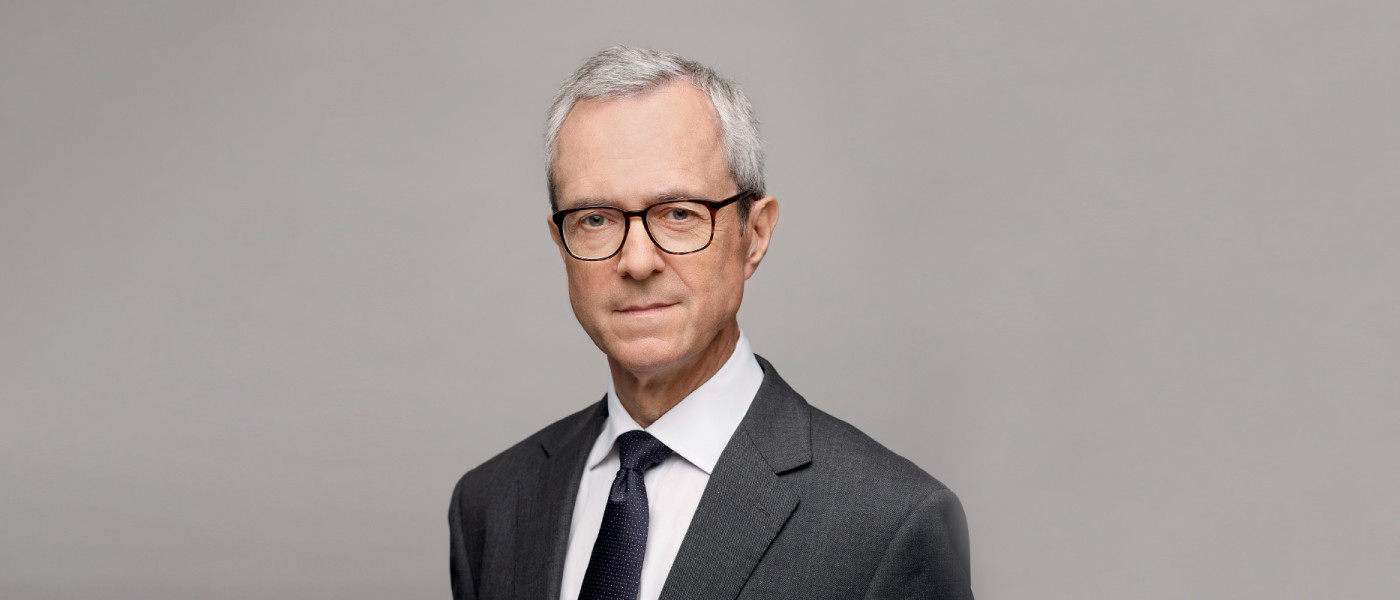When barely emerging from the perils of a health crisis, Europe was faced with the war in Ukraine, a geopolitical crisis with serious economic consequences. What do you retain from the past year?
William De Vijlder: Even if, since 2020, unprecedented years have a nasty habit of following on from each other, 2022 remains a year of major shocks, with the return of inflation and monetary tightening. The inflationary surge, amplified by the conflict in Ukraine, has taken hold over time and the exponential increase in energy and food costs weighs heavily on businesses and households. Following the rate hikes decided by central banks, inflation was accompanied by monetary tightening. I have learned two lessons from this unprecedented chapter: our world has become considerably more complex and microeconomics has taken over from macroeconomics. Companies and households adapt in real time to price increases, the former by reducing their margins and/or increasing their prices; the latter by adapting their consumption, by consuming differently. These important granular elements must now be taken into account. And the fact that we have less readily available micro data than macro data complicates the overall analysis.
Can we expect the economic situation to return to normal by the end of 2023?
William De Vijlder: The intensity of the two shocks — inflationary and monetary — is gradually easing but the return to normal will not be before 2024. 2023 is a year of transition. The first half of the year was marked by the start of disinflation, the pace of which determined that of the recovery in demand through household purchasing power. Regarding monetary policy, we will probably reach the peak of official rates around the summer months, yet a cut is only expected in 2024. However, growth in western economies, and therefore also in the eurozone, will remain subdued throughout the year.
This is the number of successive increases in interest rates in the eurozone between July 2022 and March 2023.
An unprecedented cumulative increase of 350 basis points.
“In 2023, the locomotive of the rebound in activity is the ecological transition.”
Can we still be confident about the future?
William De Vijlder: We should already see a gradual return to normal in the second half of 2023 with inflation increasingly declining which should allow monetary easing and a return to growth in 2024. It should also be stressed that, in the face of the shocks that have followed one another since 2020, our economies have proven to be resilient. In addition, we have some encouraging indicators in Asia, the United States and Europe. The Chinese authorities’ new approach to managing the Covid-19 crisis improves the country’s economic outlook for 2023. The confidence of companies that export to this country will also benefit from this. In the United States and Europe, the household savings accumulated during the pandemic, the quality of the balance sheets of private companies, the support of governments and labour retention measures protect us from the return of a high level of unemployment.
Does the acceleration of the ecological transition have a positive impact on the economic recovery?
William De Vijlder: Absolutely. In previous crises, as economists, we always wondered which sector would be the driver of the rebound in activity. In 2023, we already know the answer: the locomotive is the ecological transition(Opens in a new tab)! Europe, which has become fully aware, with the war, of the urgency of freeing itself from its dependence on fossil fuels, is multiplying concrete advances, especially with the carbon adjustment mechanism at borders. Companies, and to a lesser extent households, are investing with the support of public authorities: a fruitful trend for economic players and financial markets.
billion US dollars
This is the total of global investments in the ecological transition in 2022.
An amount exceeding US$1,000bn for the first time.
Source : Bloomberg New Energy Finance Foundation, BNEF.
Risks
- The persistence of difficulties for certain economic players, households and companies, affected in a delayed manner by the cumulative effects of inflation and the rise in interest rates, in particular energy intensive companies.
- Slower than expected slowdown in inflation.
- A structurally uncertain environment, with the risk of new shocks, such as the earthquake in Turkey and Syria, described by the World Health Organization as “the worst natural disaster in a century” for Europe.
Opportunities
- A sharp increase in the financing needs of companies and households from 2024.
- A more promising context for investors due to the expected drop in interest rates from 2024.
- The expected dynamism of financial markets in 2024.
Follow William De Vijlder on LinkedIn


